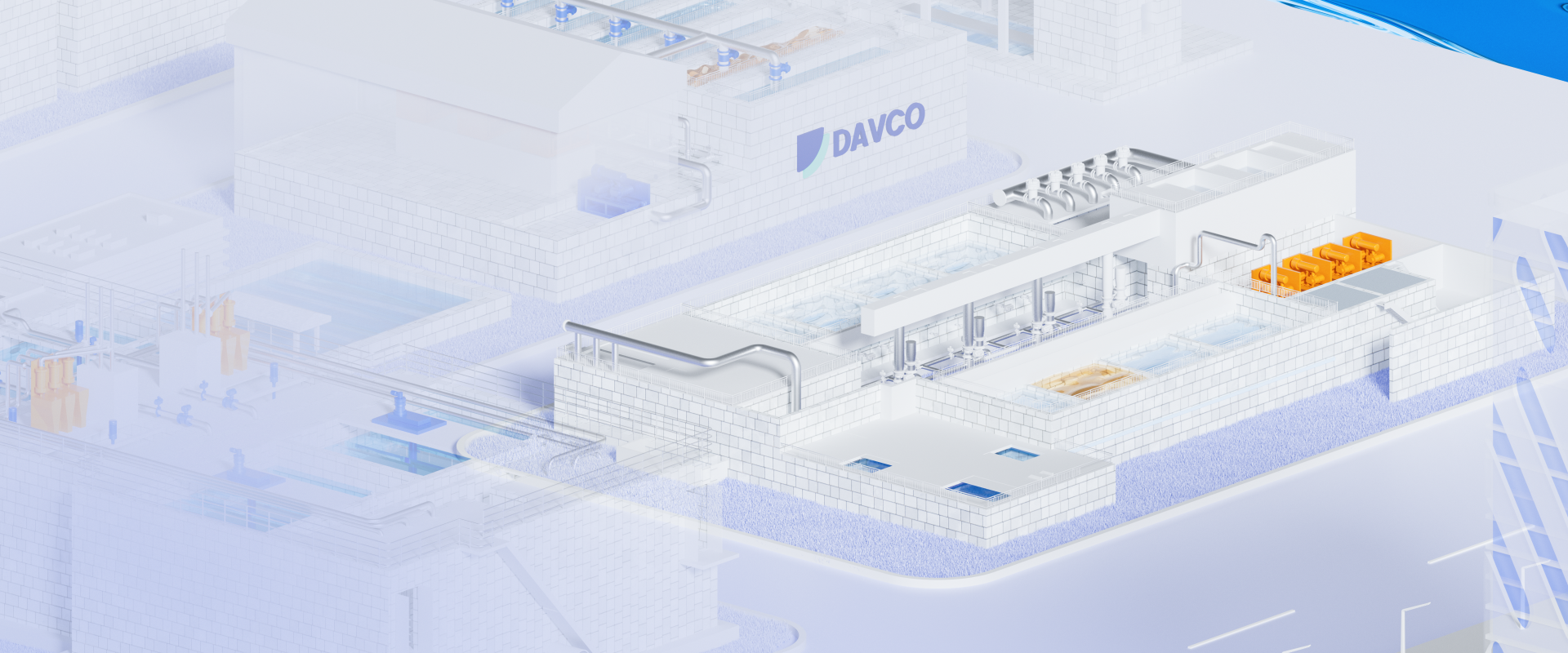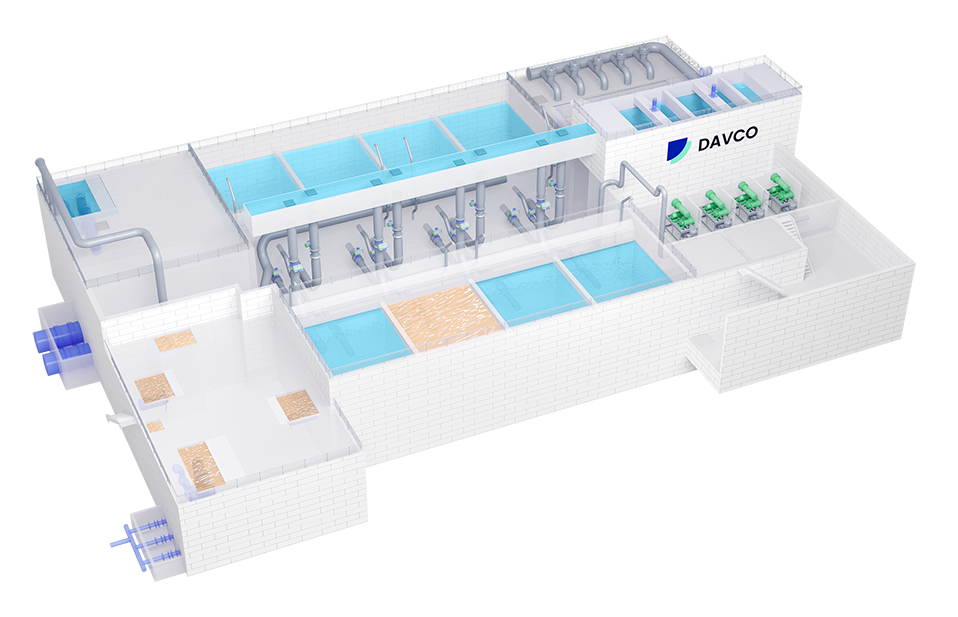
Easy Operation and Management
Compared to Biological Aerated Filter, our system offers simple operation, unclogged performance, and low maintenance requirements.

Selected Media
Silica sand, ceramsite, activated carbon, gravel and their combinations can be used to create good carriers for the biofilm.

Small Footprint
Upflow Biofilm Reactor with a compact design significantly saves on space occupation.

Intelligent Technology
The Sump Flush or Sludge Flush technology enables automatic cleaning of the bottom influent channel, effectively removing accumulated impurities.

High Load, Resistant Impact
It features abundant and elevated biomass, short hydraulic retention time, and rapid biochemical reaction rate.

Efficient Removal
BOD, SS, and NH3-N can be removed efficiently in a single treatment unit.

 EN
EN 











